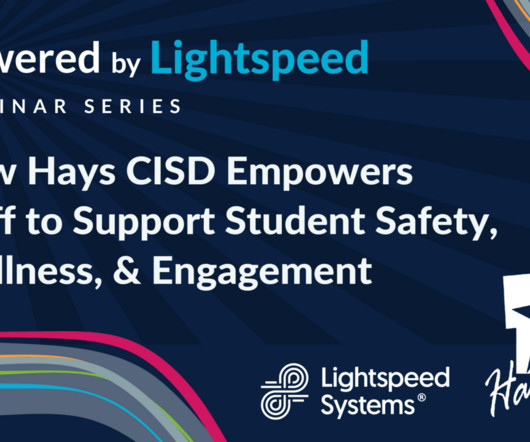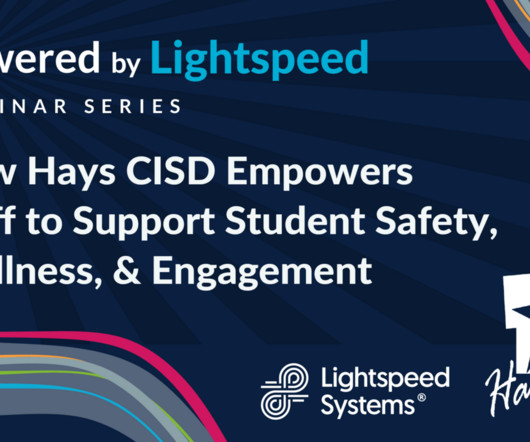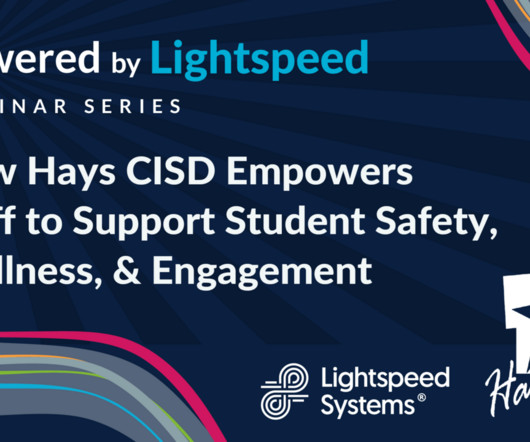Majority of districts now meet FCC’s school internet connectivity goal
eSchool News
JANUARY 3, 2024
A critical finding is that school districts that are meeting the 1 Mbps per student goal are also getting access at a much lower rate than those districts not meeting that benchmark,” said Emily Jordan, Vice President of Education Initiatives, CN. “In org website. How does lack of internet access affect students?
























Let's personalize your content